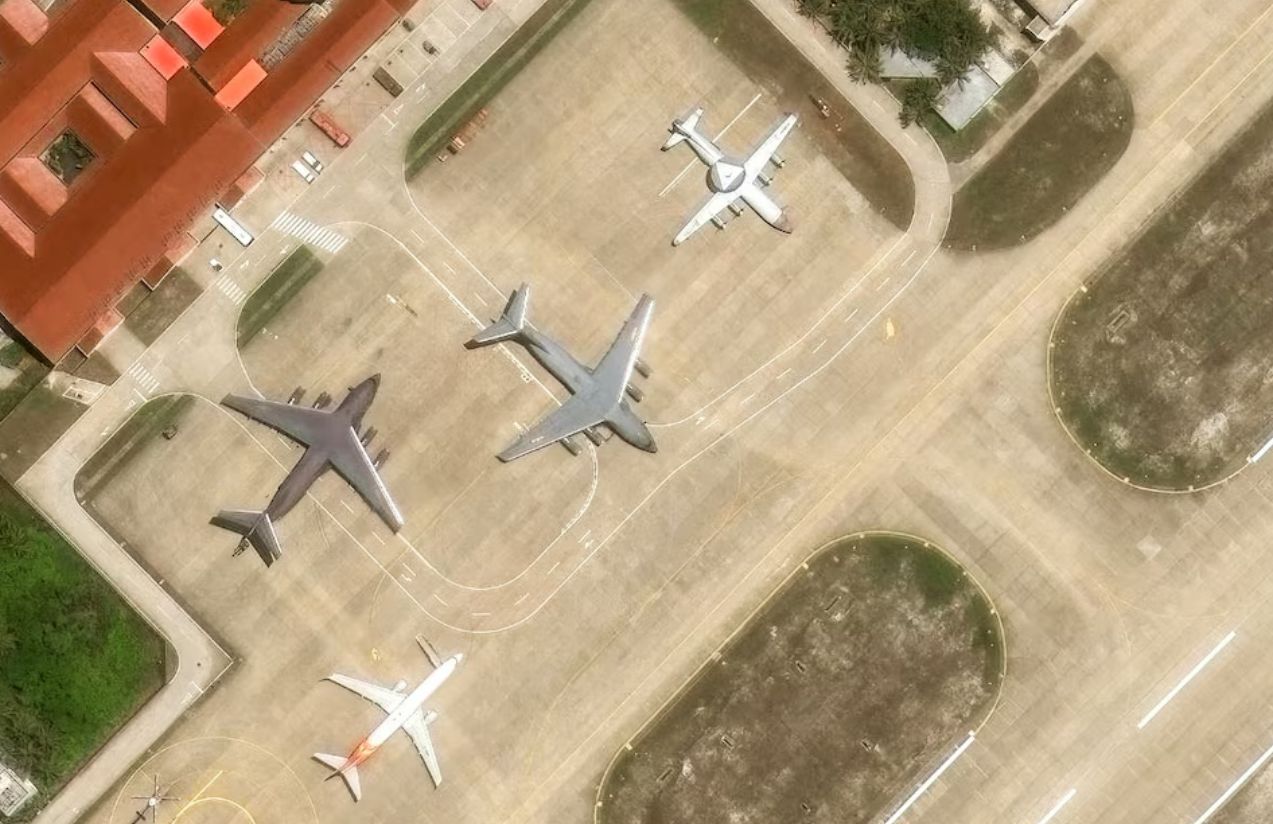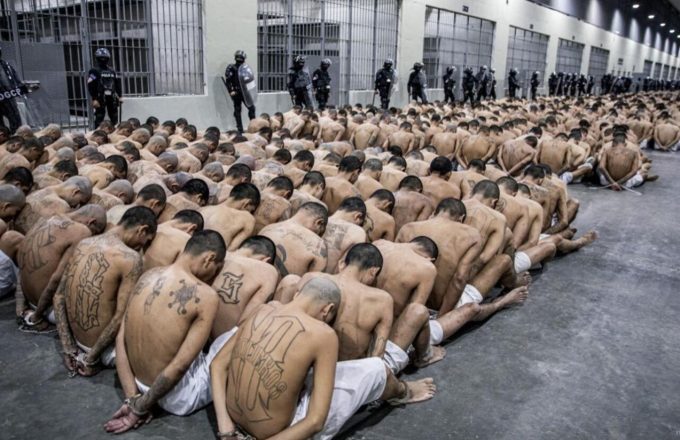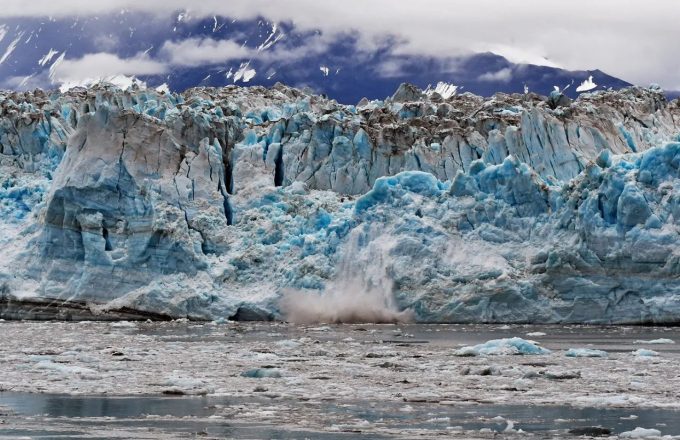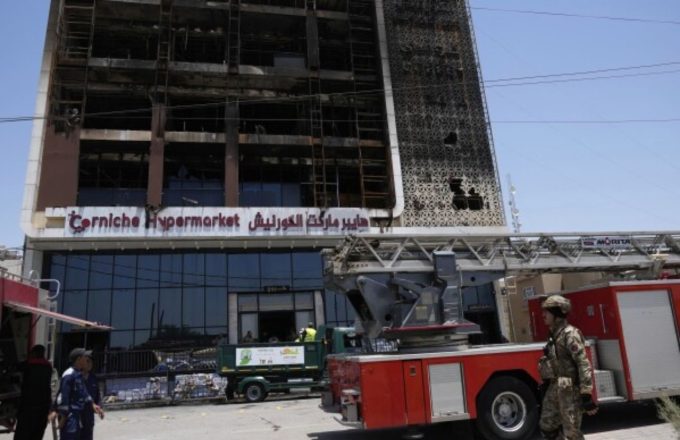Satellite images taken this month reveal the presence of two Chinese H-6 strategic bombers on Woody Island, part of the disputed Paracel archipelago in the South China Sea. The aircraft are seen parked on a runway, further highlighting Beijing’s ongoing militarization of one of the world’s most vital maritime trade routes.
The images, captured on Monday, May 19, and released by Maxar Technologies, provide the latest visual evidence of China’s military buildup in waters also claimed by Vietnam, Taiwan, the Philippines, and Malaysia.
Over the past two decades, China has transformed at least 27 small islands — many previously uninhabited reefs and sandbars — into fortified military bases across the Spratly and Paracel archipelagos. According to defense analysts, this strategy has involved an estimated investment of more than $50 billion in military infrastructure.
The Paracel Islands — known as Xisha in China and Hoang Sa in Vietnam — comprise around 130 small coral formations and lie about 400 kilometers east of central Vietnam and 350 kilometers southeast of China’s Hainan Island.
The presence of H-6 bombers on Woody Island underscores China’s ability to project air power from these contested outposts. The H-6, a modernized version of the Soviet-era Tu-16, can carry cruise missiles and perform long-range missions, significantly extending Beijing’s reach in the region.
China’s military expansion has also involved the construction of massive artificial islands atop submerged reefs. Mischief Reef, one of China’s largest artificial islands in the Spratlys, spans 5.5 square kilometers — roughly one and a half times the size of New York’s Central Park. Satellite images show the reef now hosts missile systems, fighter jets, naval vessels, and more.
Mischief Reef is claimed by the Philippines, China, Vietnam, and Taiwan. However, a United Nations tribunal ruled in 2016 that no country can lawfully claim it as sovereign territory.
Other major Chinese developments include Subi Reef and Fiery Cross Reef, both transformed from underwater coral formations into fully operational military bases equipped with airstrips, warship docks, and missile defense systems.
Tensions have risen sharply between China and the Philippines in recent months. Chinese vessels have harassed Filipino ships near Scarborough Shoal, north of Mischief Reef. In February, a Chinese navy helicopter flew dangerously close — less than 10 feet — to a Filipino patrol aircraft, according to the Associated Press.
Another flashpoint involves Sandy Cay, a chain of sandbars in the Spratlys that, unlike submerged reefs, remains above sea level at high tide. This status grants it legal recognition as a “rock” under the United Nations Convention on the Law of the Sea (UNCLOS). Last month, Chinese state media published a photo of its coast guard raising the national flag on Sandy Cay, asserting sovereignty.
Vietnam has not stood idle. The country has significantly developed parts of Barque Canada Reef in recent years and is also building on Discovery Great Reef. However, these efforts are modest compared to China’s large-scale developments at Mischief, Subi, and Fiery Cross reefs.
An estimated $5 trillion worth of goods passes through the South China Sea annually, making control over these shipping lanes strategically crucial. China’s sweeping sovereignty claims over artificial features have been ruled illegal under UNCLOS.
Should hostilities escalate — particularly around Scarborough Shoal — the United States has a mutual defense treaty with the Philippines, obligating Washington to come to Manila’s aid in the event of an armed attack.
China took full control of the Paracel Islands from Vietnam in a brief naval clash in 1974. Since then, Beijing has claimed virtually the entire South China Sea as its own, dismissing competing claims and defying an international ruling that invalidates its assertions.
Beijing has defended its island-building and military presence as measures to support global maritime security, rejecting accusations of militarizing the key waterway and insisting it has the right to act within its sovereign territory.




















